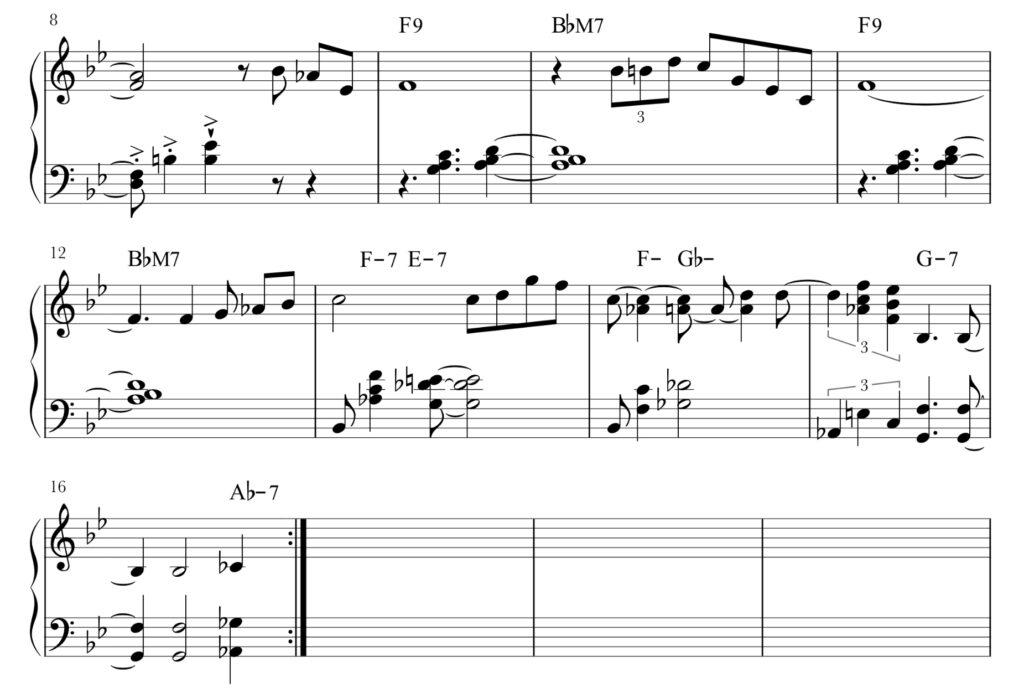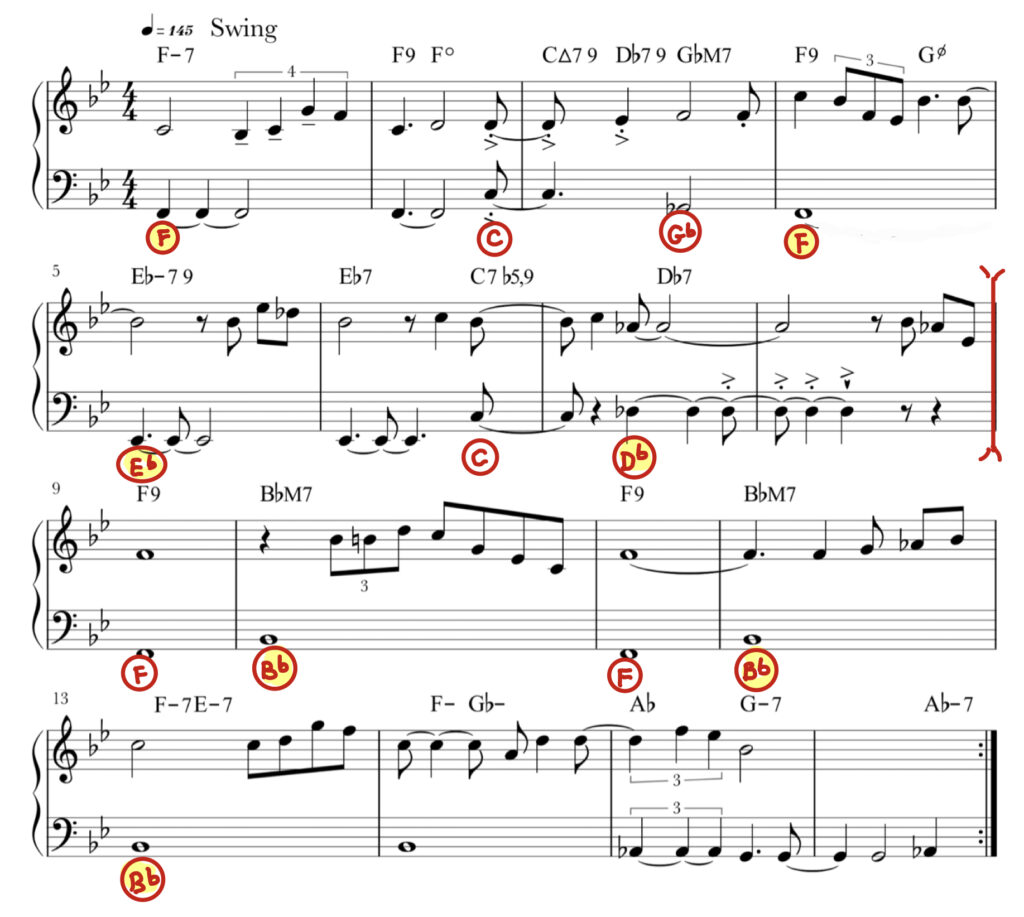Andrew Hill - 1963
‘Ode to Von’ by Andrew Hill was recorded in 1963 and released on the album ‘Smoke Stack’ in 1966. Between 1963 and 1970 Hill recorded more than 580 original compositions for the Blue Note label!


We looked earlier at a 1959 composition by Andrew Hill (Link). ‘Penthouse Party’ was a good song with some interesting harmonic twists but it sounds a bit like Horace Silver (not at all a bad thing!). ‘Ode to Von’ is unmistakably a fully formed Andrew Hill composition. By this point Hill’s songs have moved far enough away from the standard II – V – I and blues templates that standard harmonic analysis can, at times, become unhelpful. Which brings us to Paul Hindemith.
Andrew Hill studied “informally” with the classical composer and theorist Paul Hindemith for a time before 1952. Hindemith’s book “The Craft of Musical Composition” published in 1937 attempts to offer an approach to harmonic analysis that embraces both traditional Western practices and the vanguard compositions of his day. We can hear this in Hill’s compositions. He never really completely breaks with the sound of Western tonality but rather he stretches that tradition in some unique ways. This is a hallmark of what we are calling “Advanced Forms” (Link).
There are a few concepts introduced by Hindemith that we can borrow when standard harmonic analysis becomes unhelpful. In his 1937 book ‘The Craft of Musical Composition”, Hindemith identifies chords using his principle of “Interval Strength“. The book is quite interesting if not totally applicable to Jazz.
We can also use Hindemith’s idea of “Harmonic Gravity“. At some point the traditional concept of “resolution” loses its importance. “New” music was no longer creating tension by moving away from a tonic home and then resolving the journey by returning back to it. This was replaced with more intentionally vague areas of tension and areas of relaxation. These areas of harmonic relaxation can create “Pitch Centres“, but not always.
A quote by Varvara Dernova discussing the music of Alexander Scriabin is applicable to Hill’s music: “The tonic continued to exist, and, if necessary, the composer could employ it… but in the great majority of cases, he preferred the concept of a tonic in distant perspective, so to speak, rather than the actually sounding tonic… The relationship of the tonic and dominant functions in Scriabin’s work is changed radically; for the dominant actually appears and has a varied structure, while the tonic exists only as if in the imagination of the composer, the performer and the listener.”
‘Ode to Von’ uses fairly traditional chord structures and a recognizable framework but typical chord progressions are hard to find. So, let’s try and find some ‘Pitch Centres’.
The first 8 bars move from a pitch centre of ‘F’. The C and Gb (tritone sub) serve as dominant like setups to return to the ‘F’. A half step “modulation” is not too unusual by now, in this case to ‘Eb’. A similar move from ‘C’ to Db. The second 8 bars repeats a V – I to Bb.
You can see that Hill brilliantly uses recognizable changes but to say this piece is in any particular key is not realistic (the stated key of Bb is used just to reduce accidentals).

